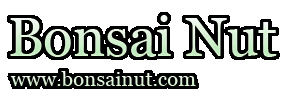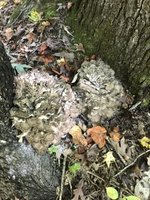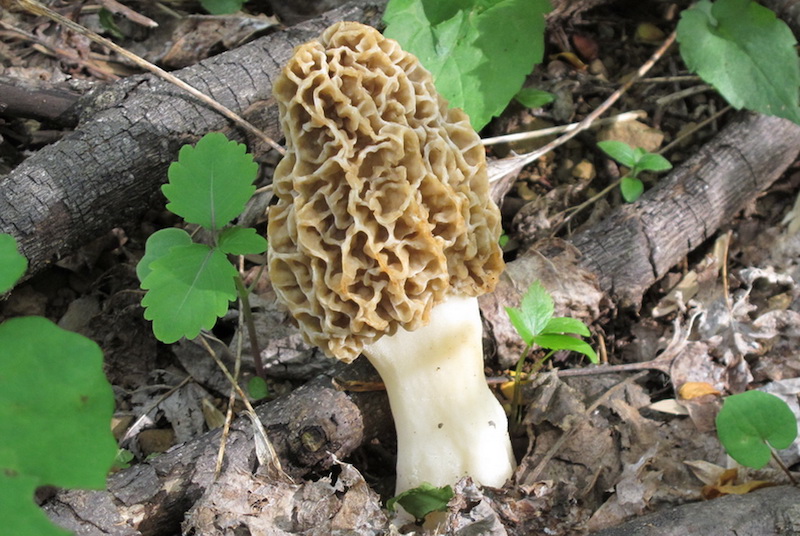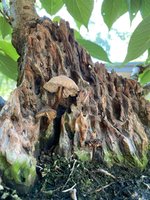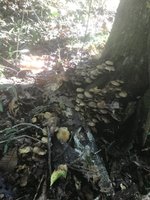Forsoothe!
Imperial Masterpiece
Likely Honey Mushroom. Smell them, good mushrooms smell good. Bad mushrooms are less savory. Be wary of the Angle of Death, never eat a white mushroom with white gills. White mushrooms with pink shading to chocolate brown gills are called pinkies or meadow mushroom and is the standard commercial fruit market variety.
